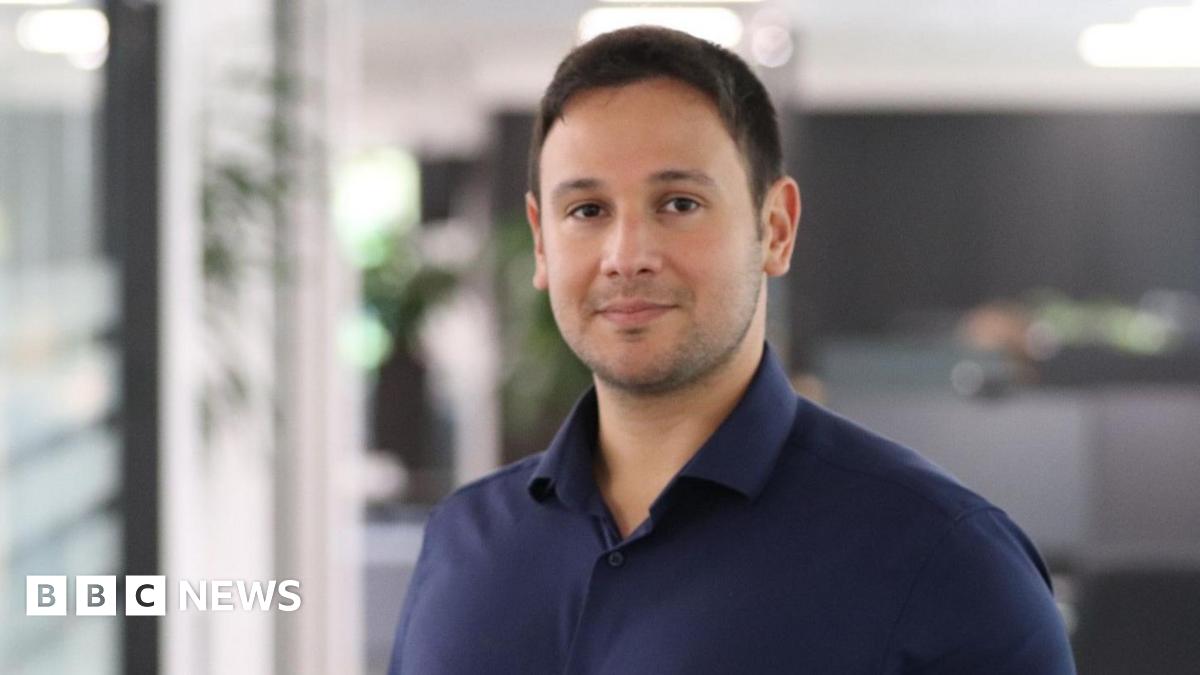NEW YORK – JUNE 27: SAT test preparation books sit on a shelf at a Barnes and Noble store June 27, … [+]
In recent years, U.S. colleges have seen three watershed moments rock the admissions process. The movement towards test-optionality, the striking down of affirmative action, and the ongoing debates around legacy admissions have all pointed us to a fundamental shift in how universities examine potential new students. How should families adapt to this shift, and what does the new face of admissions look like?
A holistic admissions process is a long-standing practice of elite American universities, with some academics arguing that its origins trace back to the 1930s-1950s. In those years, as they are now, strong growth in applicant numbers forced colleges to get creative about their selection criteria. A holistic admissions philosophy looks at each applicant as a whole person – including their personality and qualitative achievements – rather than as a quantitative collection of test scores and grade points. Under this backdrop, what do the recent changes in admissions mean for the shifting definition of holistic admissions?
According to U.S. News & World Report, “Around 1,750 four-year colleges have announced plans to go test-optional or test-blind for fall 2023.” This comes as the culmination of many years of steady deprioritization of standardized tests such as the ACT and SAT, further accelerated by the Covid-19 pandemic. Shortly after this swath of announcements, in June 2023, the U.S. Supreme Court struck down affirmative action, declaring that race cannot be a factor in admissions decisions. It was a controversial decision to say the least, but regardless of which argument you agree with, it is the reality we are left with.
In the wake of public debates about how diversity can be cultivated in the absence of race-conscious policies, attention has shifted toward legacy admissions, the practice of giving preference to children of alumni. Colleges like Wesleyan University took the lead in ending legacy admissions just weeks after the Supreme Court decision on affirmative action. Other elite colleges have yet to respond to this movement, but it appears the legacy advantage can no longer avoid scrutiny.
What, then, might fill the void left by standardized test scores, race, and legacy factors in the complex holistic equation of college admissions? The answer seems to be intellectual authenticity – the holy grail in this new era of holistic admissions. In fact, even prior to these seismic shifts in the admissions landscape, many elite colleges have been explicitly searching for this trait. Stanford calls it “intellectual vitality”, MIT calls it “intensity, curiosity, and excitement”, and Brown calls it “intellectual risk-taking” – but in a nutshell, they look for applicants’ demonstration of genuine commitment to their intellectual passions. Now more than ever, colleges will increasingly rely on qualitative measures of intellectual authenticity as a way to cultivate diversity of thought and perspective on their campuses. In a discussion at Polygence’s 8th Symposium of Rising scholars (the company I co-founded), former Stanford admissions officer Irena Smith said colleges are looking for “intellectual vitality that oozes from the file.” Yet the question of how exactly to find, no less measure, that elusive vitality is only just beginning to be explored.
The Students for Fair Admissions vs. Harvard lawsuit released a trove of admissions data to the public, including Harvard’s internal scoring system for applicants’ “athletic,” “academic,” “personal,” and “extracurricular” qualities. Polygence’s recent analysis of this data reveals that scoring a 1 out of 4 (1 being highest, 4 being lowest) in the “academic” field increases an applicant’s chances of admission to 68% (compared to the college’s general acceptance rate of 4%). Among the four categories, scoring a 1 in the academic field gives applicants the second highest boost in their admissions chances (scoring a 1 in athletics increases one’s acceptance chances to 88%). To get to this highest rating, Harvard’s data shows that applicants must showcase “substantial scholarship or academic creativity” that can be “reviewed by a faculty member.” This usually comes in the form of a research project or passion project portfolio submitted as a supplement to the candidate’s application.
However, Harvard is far from being the only college to elevate research and passion projects. In a March 2023 university news release, Caltech reported, “More than one-third of the students [admitted to the Class of 2027] submitted a portfolio of creative and maker work, and 45 percent of the students included materials documenting their own past research.” In a similar vein, the University of Pennsylvania reported that for the class of 2026, “Nearly one-third of the admitted students engaged in academic research during their time in high school, many earning national and international accolades for research that is already pushing the boundaries of academic discovery.”
There is an apparent trend in admissions of students being increasingly evaluated on the stories they told about their intellectual interests. How did they fall in love with bioinformatics, and what have they done to pursue that passion? What personal experiences pushed them to advocate for climate justice and to lobby their states for sustainability measures? Why a student has done what they have matters as much as what exactly was achieved. Most importantly, admissions officers can detect genuine passion from feigned interest within seconds of reading a file, so it is entirely in the applicant’s interest to stay true to their intellectual compass throughout those pivotal high school years.
For all those students who are panicking about how these admissions changes might throw a wrench in their meticulously calculated application strategy, I have one piece of advice. If anything, holistic admissions just got a whole lot easier to decode: what makes you tick and how have you taken the initiative to pursue those passions? The end goal of both a college and an applicant is to nurture the latter’s passion and potential. If your application has a compelling answer to this question, chances are no matter where you end up going to college, you have a pretty good chance of success.
Credit: Source link











